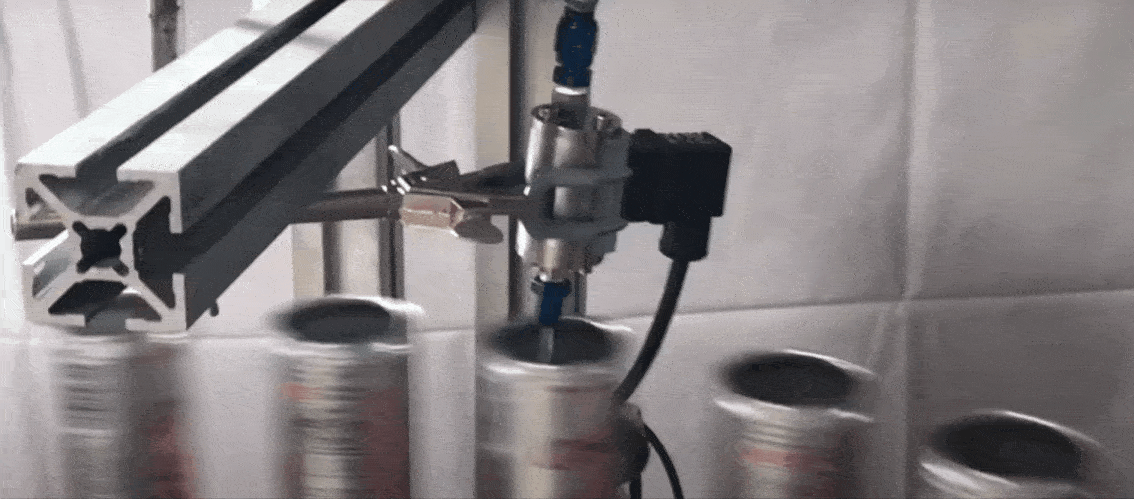A high-speed magnetic valve developed, though never used, for ESA to help steer the Philae lander on its encounter with the comet 67P/Churyumov–Gerasimenko has found a job on Earth adding flavor to soft drink containers, delivering precision doses in little over a thousandth of a second.
One of the great spinoff factors of space technology is that spacecraft need to be very lightweight, very efficient, and rely on systems and components that are very simple and reliable. As a result, the aerospace field often produces very clever devices that can outperform their much more complicated terrestrial counterparts.
A case in point is a magnetic valve made available by ESA’s Technology Transfer and Patent Office, which was originally developed for the Philae lander's attitude control system. This SmartValve has a small ball as its only moving part. The ball sits snugly in its valve seat and can open in a millisecond in response to an electromagnet, allowing it to release a gas propellant or a liquid in very precise measures.

This is very attractive to the beverage industry, which needs ways of filling cartons, bottles, and cans by the hundreds per minute. As they do so, a complex system squirts flavorings into the basic liquid, which is usually carbonated or plain water.
The problem is that today's markets consist of a wide variety of beverage flavors, but there are only so many bottling lines. This means that it's only economical to put out very large product runs, followed by long downtimes while the pipes are flushed, cleaned, and dried before the next flavor is run.
As an alternative, the new High-Speed Precision Dosing System manufactured by KTW Technology can do the same flavoring job with fewer, faster dosing valves that deliver between 0.1 and 0.3 ml in a millisecond, with minimal splashing. The system is able to switch quickly from flavor to flavor, is more efficient, and can be fitted to existing filling systems or act as a standalone.

"In a typical beverage dosing system, you would normally have a carousel with lots of valves – often over a hundred – to fill the containers with the final liquid, whereas with our solution, you only need one to three valves providing micro-doses of the concentrate at the end of the line," says Wolfgang Teichmann, managing director of KTW. "Speed and precision are vital; we can fill up to 120 000 cans per hour.
"Longevity is also important in the filling industry. Valves typically have a short lifetime, whereas our valves, with just one moving part, have been shown to last for over 10 billion doses, and require less maintenance. And when any is needed, the fix is quick and simple, taking minutes instead of the weeks needed for a standard system repair. It simply just be a matter of exchanging the ball and valve seat."
Source: ESA









